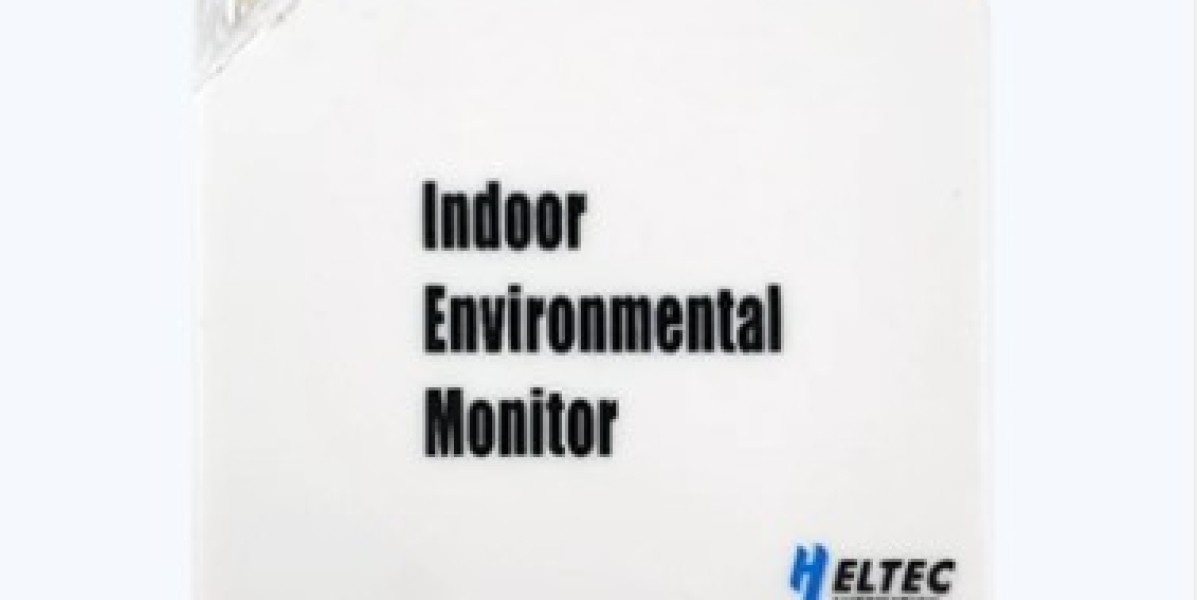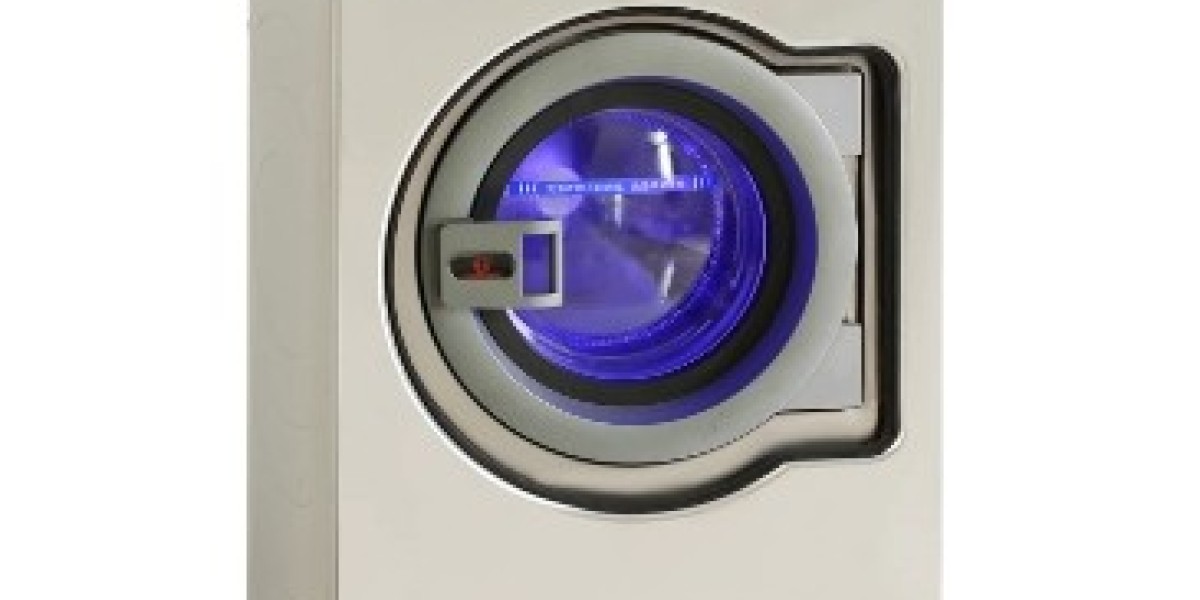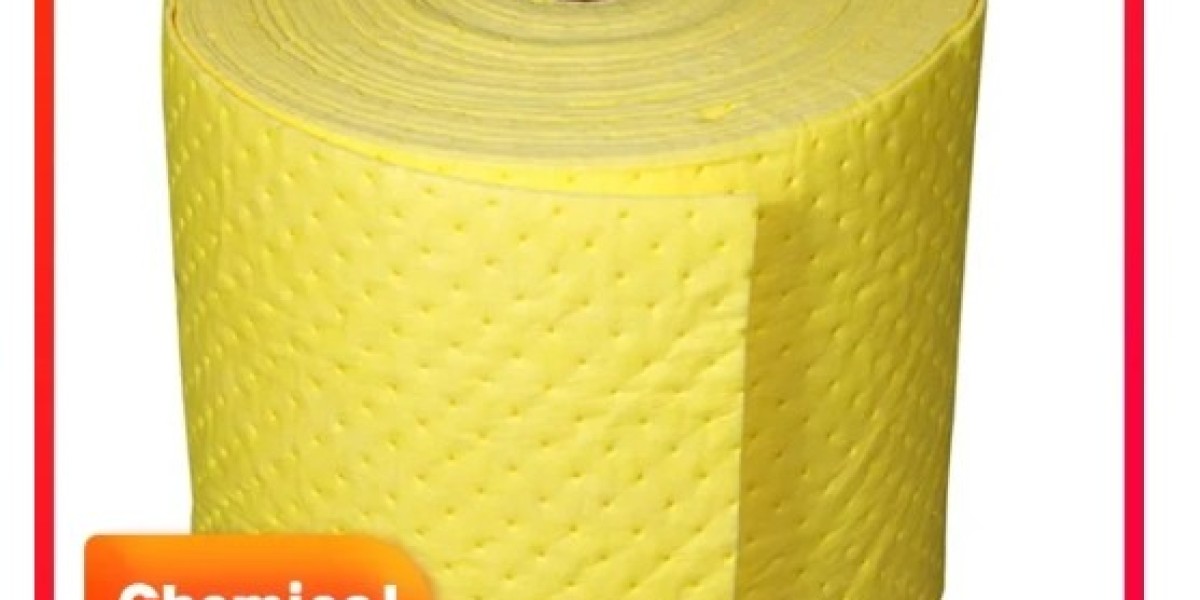In today's world, maintaining a comfortable and healthy indoor environment is more important than ever. LeapIoT Technology's HRU-3601A indoor temperature and humidity monitor is a cost-effective solution that not only helps you keep track of your indoor climate but also enables remote monitoring through its wireless cloud server connectivity. Here's an essential guide to using this innovative device to its full potential.
1. Understanding the Importance of Monitoring Temperature and Humidity
Temperature and humidity levels significantly impact indoor air quality, comfort, and health. High humidity can lead to mold growth and respiratory issues, while low humidity can cause dry skin and irritation. Similarly, extreme temperatures can lead to discomfort and health problems. By monitoring these parameters, you can take proactive steps to maintain a healthy and comfortable environment.
2. Setting Up Your HRU-3601A Monitor
Location: Place the monitor in a central location away from direct sunlight, heating or cooling vents, and any sources of moisture.
Power: Ensure that the device is powered on and has fresh batteries if it's battery-operated.
Connectivity: Set up the wireless connection to the cloud server as per the manufacturer's instructions. This will enable remote monitoring and data logging.
3. Interpreting the Readings
The HRU-3601A monitor will display real-time temperature and humidity readings. Familiarize yourself with the optimal ranges for indoor environments:
Temperature: Generally, a comfortable indoor temperature ranges from 68°F to 72°F (20°C to 22°C).
Humidity: Ideal indoor humidity levels should be between 30% and 50%.
4. Taking Action Based on Readings
High Humidity: If the monitor shows humidity levels above 50%, consider using a dehumidifier or increasing ventilation in the area.
Low Humidity: For humidity levels below 30%, using a humidifier can help add moisture to the air.
Temperature Adjustments: Use heating or cooling systems to maintain a comfortable temperature range. Smart thermostats can automate this process based on the monitor's readings.
5. Utilizing Remote Monitoring
With the HRU-3601A's wireless connectivity, you can access the temperature and humidity data remotely via the cloud server. This feature is particularly useful for:
Monitoring Multiple Locations: Keep an eye on different areas of your home or workplace without being physically present.
Alerts: Set up alerts to notify you when temperature or humidity levels fall outside the desired range, allowing for quick intervention.
6. Regular Maintenance
To ensure accurate readings, regularly clean the monitor's sensors and replace the batteries as needed. Check the manufacturer's guidelines for specific maintenance recommendations.
7. Leveraging Data for Health and Comfort
Use the historical data collected by the HRU-3601A monitor to identify patterns and make informed decisions about your indoor environment. This can lead to improvements in air quality, energy efficiency, and overall well-being.
Conclusion
The LeapIoT Technology HRU-3601A indoor temperature and humidity monitor is a valuable tool for maintaining a healthy and comfortable indoor environment. By understanding how to use this device effectively, you can take control of your indoor climate, ensuring the well-being of yourself and others in the space. With its wireless cloud connectivity, you can also enjoy the convenience of remote monitoring, making it easier than ever to keep your indoor environment in check.







